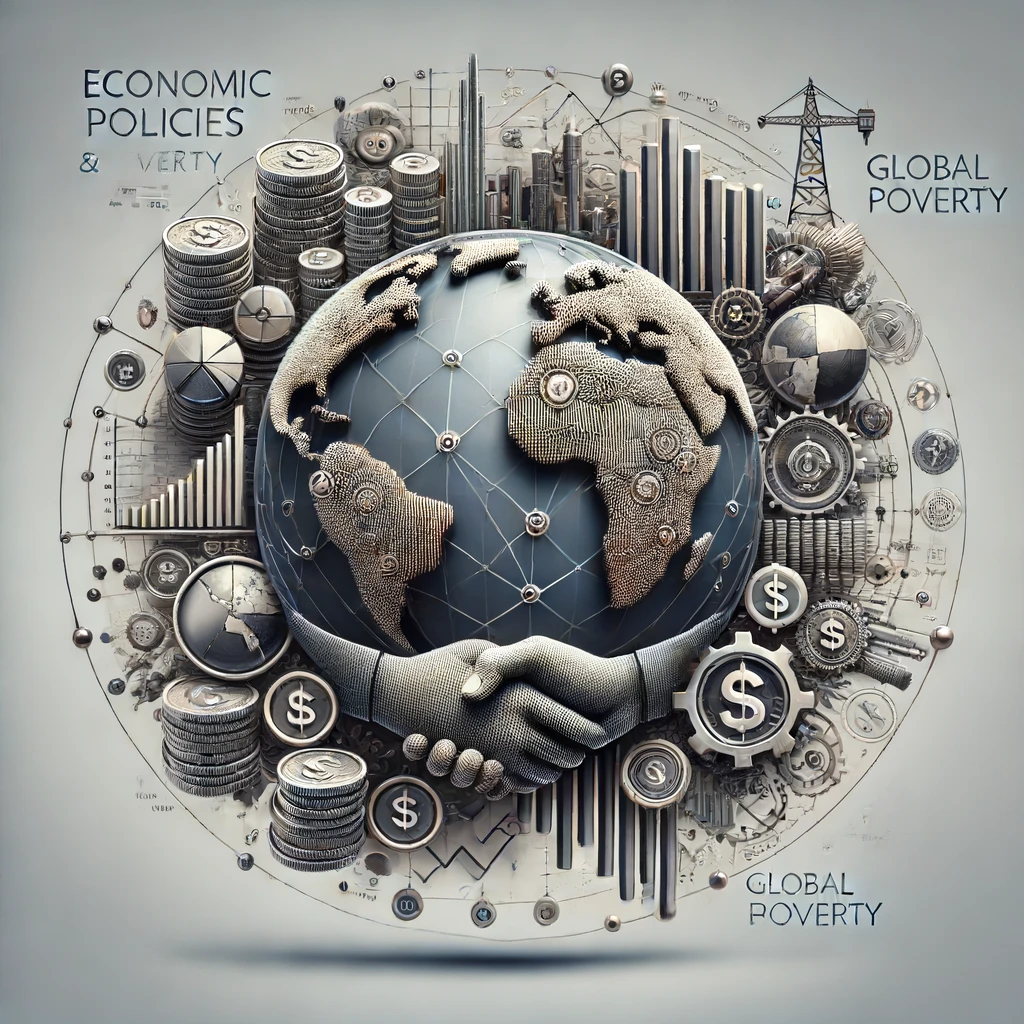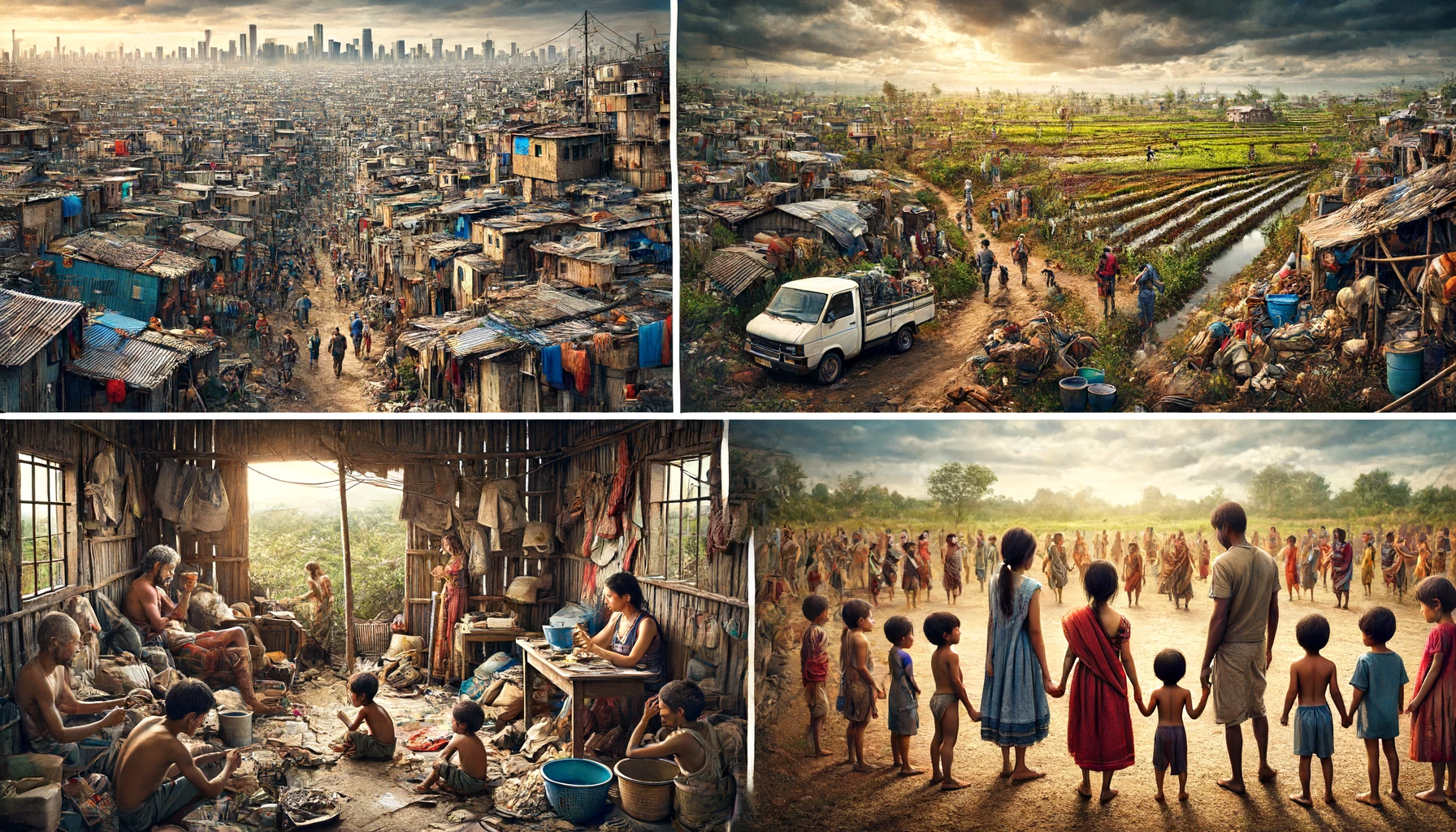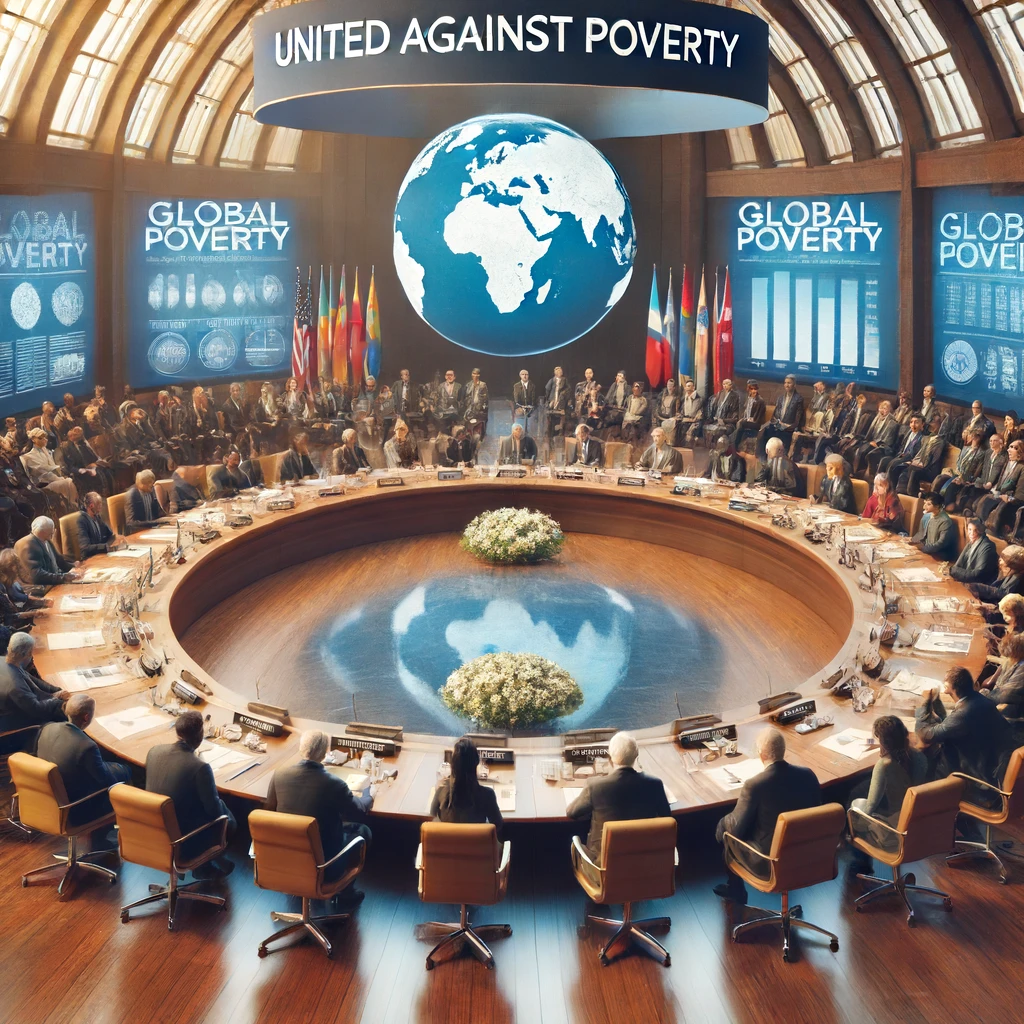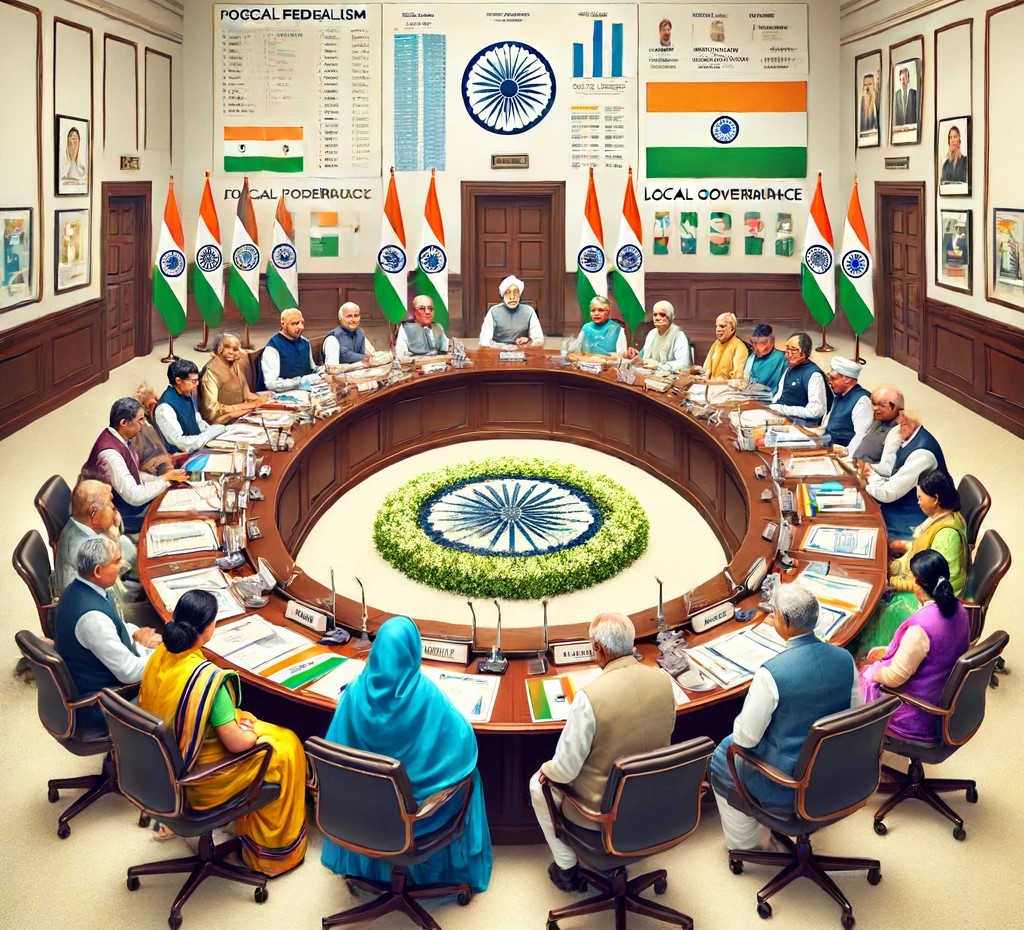Among the gigantic challenges to be faced in the 21st century is the struggle against global poverty. The continuum of deprivations that go with poverty—low income, lack of access to basic services, education, and proper living conditions are part of the condition. According to the most recent World Bank estimates, about 689 million people live on less than $1.90 a day below the international threshold for extreme poverty. The estimated number is dramatic but reflects income poverty alone.
Multidimensional poverty measures go even further by measuring deprivations in health, education, and standards of living. The Global Multidimensional Poverty Index, for instance, estimates that roughly 1.3 billion people live in multidimensional poverty and experience multiple disadvantages all at once-without access to clean water, nutrition, and schooling—the complexity and multifaceted nature of poverty.

Impact of Economic Policies
Economic policies are pivotal in shaping the trajectory of poverty reduction. Different policies, including trade agreements, subsidies, and aid, have varied impacts on poverty levels globally.
- Trade Agreements: International trade could have a great positive impact on reductions in poverty by offering access to larger markets, encouraging economic growth, and creating job opportunities. For example, NAFTA has been said to have created millions of jobs and reduced poverty within the participating countries. If not designed to be inclusive, there is always a possibility that these trade agreements may have unwanted negative consequences. Competitive pressures from more industrialized countries have led to the suffering of agricultural sectors in most developing countries and increased rural poverty further.
- Subsidies: Government subsidies sometimes make a critical difference for vulnerable groups. Agricultural subsidies, for example, may help farmers in developing countries stay in business during periods of dramatic fluctuations in market prices. However, subsidies that favor major corporations or industries merely reinforce inequality and have little impact on the very poor.
- Aid: Aid is critical to poverty alleviation. The OECD reports that ODA has kept millions out of poverty by funding various health, education, and infrastructure projects. On the other hand, it was also argued that international aid can be deprived of its effectiveness through mismanagement and a lack of alignment regarding priorities set forth by recipient countries.
Case Studies of Success and Failure
Success Stories
- China: Over the past four decades, China has lifted more than 800 million people out of poverty, largely through economic reforms and opening up to international trade. Policies promoting industrialization, infrastructure development, and rural reforms have been key drivers of this success.
- Vietnam: Vietnam’s Doi Moi reforms, initiated in 1986, transformed the country from a centrally planned economy to a socialist-oriented market economy. These reforms have significantly reduced poverty rates, from 58% in 1993 to less than 6% in 2020, by promoting agricultural and economic diversification.

Failures
- Sub-Saharan Africa: Despite significant international aid and various policy interventions, many countries in Sub-Saharan Africa have seen limited success in reducing poverty. Factors such as political instability, corruption, and inadequate infrastructure have impeded progress. For example, Zimbabwe’s land reform policies in the early 2000s led to economic collapse and increased poverty.
Role of International Organizations
International organizations play a crucial role in shaping economic policies aimed at poverty reduction.
- World Bank: The World Bank provides loans and technical assistance to developing countries for projects on poverty reduction. Examples of its initiatives include the International Development Association providing concessional loans and grants to the world’s poorest countries.
- IMF – The International Monetary Fund (IMF) contributes to the broader purpose of poverty reduction through financial support and policy guidance toward achieving stability and growth in the macroeconomic environment. Under its PRGT, it provides concessional to low-income countries.
- United Nations: The SDGs of the UN are focused on a pathway to ensure that no person lives in poverty; Goal 1 of the SDGs indeed aims at poverty reduction. It supports efforts aimed at the reduction of poverty, and this it does by advocacy, providing policy advice, and implementing programs that address the root cause of poverty.

Innovative Approaches to Global Poverty Reduction
Innovative economic strategies are emerging as effective tools for poverty alleviation:
- Microfinancing: Microfinance organizations take small loans to the poorest level, which can enable people to develop small businesses and earn revenues. Perhaps the most notable example is the Grameen Bank of Bangladesh, which pulled millions out of poverty through microcredit.
- Digital Economies: The rising presence of digital technologies opens new avenues toward growth and poverty reduction. For example, mobile banking services have transformed access to finance in countries like Kenya, where the widely used M-Pesa service has allowed millions of people to save money, perform transfers, and gain access to credit.
- Conditional Cash Transfers: These are CCT programs whereby financial support is provided to poor families on condition that the family members do certain things such as ensuring their children attend school and receive vaccinations. Generally, very successful initiatives, with a proven record of poverty reduction and health and education improvements, include Brazil’s Bolsa Família.
- Social Entrepreneurship: Innovative business models put social impact above and beyond profit. Businesses such as the Indian company SELCO, which provides low-income families with an affordable solar energy solution, illustrate the role of private enterprise in helping to reduce poverty.
Conclusion
World poverty is complex in its form and, therefore, requires an efficient economic strategy as part of the several ways to combat this issue. It requires a proper, timely contribution from international bodies in providing solutions that precisely focus on local scenarios. Although significant improvement has been made, far more needs to be realized to ensure that the fruits of growth and development benefit all sectors of society evenly. It is only when all lessons learned, both from successful and failed policies-are applied that future endeavors can create a world in which poverty is truly a relic of the past.
| Global Poverty UPSC Notes |
| 1. It is believed that approximately 689 million people live below the international extreme poverty line of $1.90 per day—an indicator of actual income poverty. 2. The Global Multidimensional Poverty Index reports that 1.3 billion people face deprivations in health, education, and living standards-not just income. 3. Different economic policies, including trade agreements, subsidies, and aid, are deemed very critical in setting the pace for global poverty-reduction efforts. 4. While agreements like NAFTA may indeed be responsible for increases in employment and decreases in poverty, poorly conceptualized policy adoptions may hurt local industries in countries of the South. 5. China’s well-thought-out policy backed by economic reforms and trade openness has pulled more than 800 million people out of poverty. The key is getting the policy right. 6. Regions like Zimbabwe suffer from political instability and improper infrastructure, defeating any successful approaches to poverty reduction. 7. Approaches such as microfinance, digital economies, and social entrepreneurship offer new ways to grapple with poverty by directly empowering the impoverished. |


